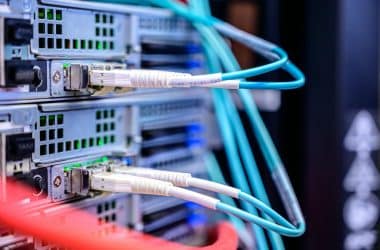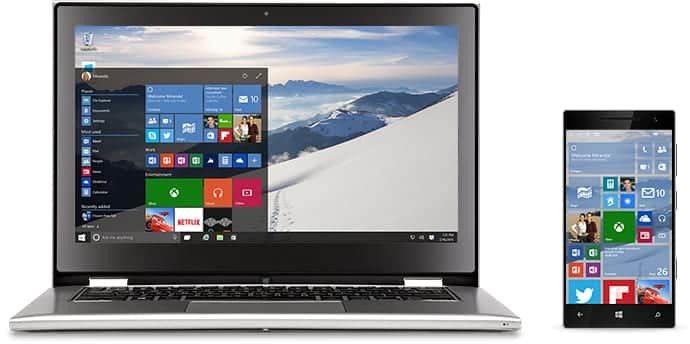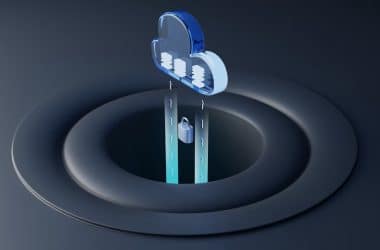Introduction
The power consumption of TVs is dependent on a number of factors, including the type, settings, and of course screen size.
With regards to TV type, a factor to consider is how the screen is backlit (LED or fluorescent). Fluorescent-backlit TVs can consume far more power than LED-backlit models (not to be confused with OLED) due to the fact that LEDs are more energy-efficient.
Modern LEDs easily exceed efficiency ratings over 100 lumens/Watt, with some crossing the 200 lumen/Watt mark such as the Samsung
Power Consumption of TV Models I Metered (Averaged, not their maximum)
‘LED’ refers to LED-backlit, not OLED. The LED models below are LED-backlit LCD models. ‘Smart’ refers to whether it is categorized as a ‘smart’ TV that can run apps similarly to a tablet or Android set top box does, and connect to the Internet on its own.
JVC LT-58KC585 58″ LED TV (4K resolution): 129 to 150 Watts [2018]. Smart: Yes (to an extent, it has built-in apps).
JVC LT-43EM75 43″ LED Full HD TV: 29 to 31 Watts [2015]. Smart: No.
Hitachi 40C311 40″ LED TV (1080p/Full HD): 68 Watts [2018].
Hitachi 32E10 LED TV (720p): 50 Watts [2017].
Sony KDL-40W650D 40″ LED TV (Full HD): 59.4 Watts [2018]. Smart: Yes.
Samsung UN32J4500DF 32″ LED TV: 26 to 40 Watts[2018]. Smart: Yes.
Samsung 32″ LED HD TV (4003 Series): 25 Watts. Smart: No.
JVC LT-22KC57 22″ LED TV (1080p resolution/Full HD). 15 to 35 Watts [2018]. Smart: No.
JVC LT-32X667 32″ LCD TV (720p resolution): ~117 Watts [2009]. Smart: No.
Power Consumption Of Vintage TVs
- Toshiba CB945Z Color CRT TV. 79 Watts [1983].
- Kawasho 3706 Color 5.5″ CRT TV with clock radio. 35 Watts [1986].




